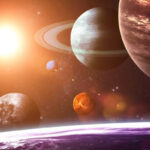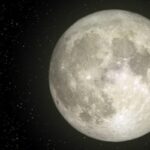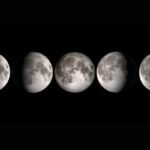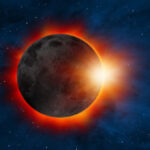We explain what the Moon is, its characteristics and composition. Also, the theories about its formation, the phases, its importance and more.

What is the Moon?
The Moon It is the only natural satellite that orbits the Earth. A natural satellite is a celestial body that orbits a planet. There are planets like Jupiter and Saturn that have more than seventy natural satellites or Venus and Mercury that have none. The Moon is the fifth largest satellite in the Solar System.
Starting in the 1950s, the Space Age emerged and the Moon was the first celestial body, besides Earth, that humans tried to reach. Since then, more than one hundred robotic explorations and more than ten human-manned missions have been carried out to the Moon. In total twenty-four humans have traveled and twelve of them have walked on the lunar surface.
In 1969, the first rocket to land on the moon and return to Earth was Apollo 11. in which a crew led by Neil Armstrong, the first astronaut to set foot on the Moon, traveled. A rocket can take three days from leaving Earth to reaching the Moon.
See also: Artificial satellites
Characteristics of the Moon
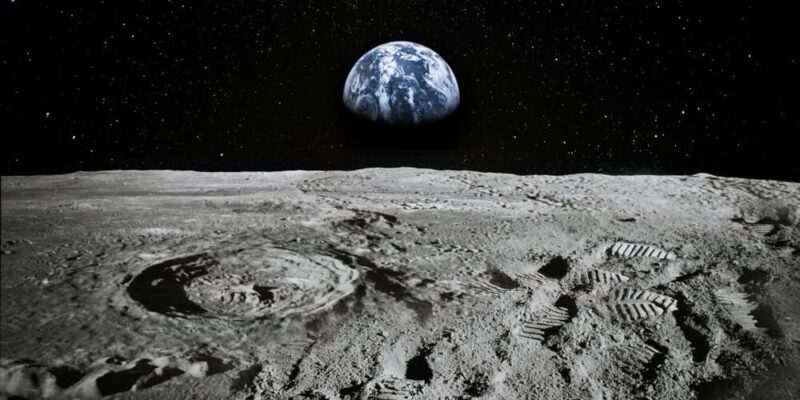
Among the main characteristics of the Moon the following stand out:
- It is located about 385,000 km away from Earth.
- It is the only natural satellite of planet Earth.
- It is the fifth largest moon among the more than one hundred and ninety natural satellites that orbit different planets in the Solar System.
- It has a size four times smaller than Earth.
- has a 40% lower density to that of Earth.
- has a rocky surface and full of craters due to the impacts of large bodies that managed to pass through its thin atmosphere.
- Help stabilize the wobble of the Earth and the weather.
- has a very mild seismic activity and little heat flow from the inside.
- Does not have a magnetic field like that of the Earth, although some surface rocks have permanent magnetism.
- Its density is equivalent to 60% of the density of the Earth, which is why on the Moon everything weighs less than on planet Earth.
Composition of the Moon
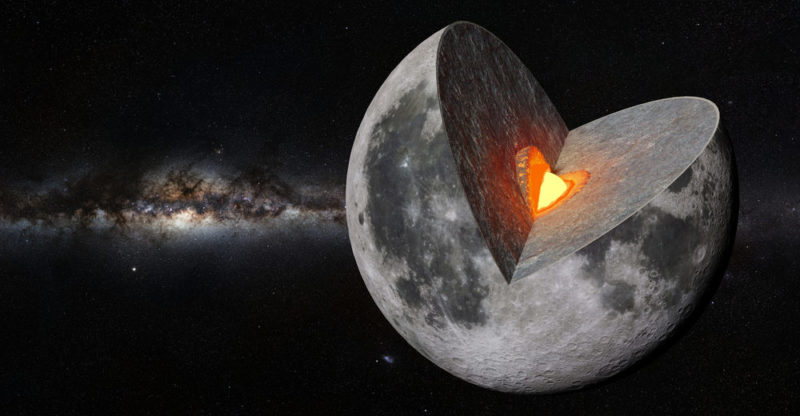
The Moon is made up of the following layers:
- Crust. It corresponds to the lunar surface that is characterized by having a large number of craters.
- Mantle. It corresponds to the second layer after the cortex and the one that predominates the most. It is a rigid mantle that becomes semi-solid as it approaches the lunar core. It contains minerals, such as magnesium, silicon, iron and calcium, oxygen and basaltic rocks.
- Lunar core. It corresponds to the innermost part of the celestial body that consists of solid iron surrounded by liquid iron.
Theories about the formation of the Moon
The Moon It was formed more than four million years ago. There are various theories about its origin and how it was formed, the main one maintaining that the Earth collided with another young planet, still in the process of formation, and the remains of the collision remained in Earth's orbit until accumulating and forming the current Moon.
The orbit of the Moon
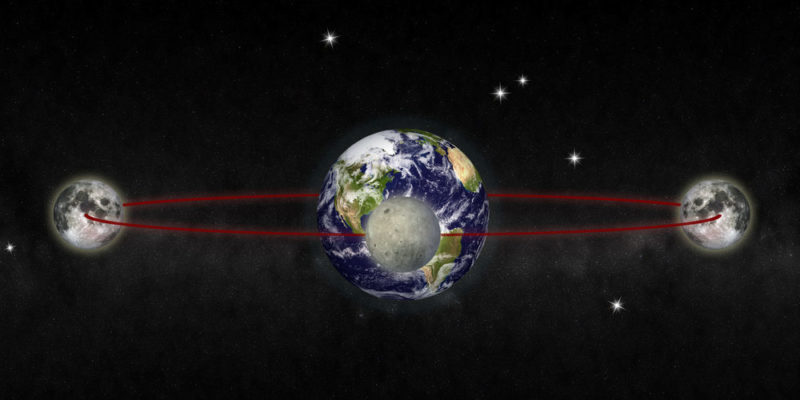
The lunar orbit It is the movement that the Moon makes around the Earth. It is an elliptical orbit that travels counterclockwise.
The movements of the Moon are:
- Rotational movement. In which the Moon rotates on itself.
- Translation movement. In which the Moon rotates around the planet Earth.
The Moon It takes approximately 28 days to go aroundboth on its axis and around the Earth. The speed of the Moon's rotational movement is equal to the speed of the Earth's translational movement.
It is a synchronized movement due to the interaction of the gravitational forces of each celestial body. Due to synchronicity, the same lunar side is always seen from Earth and the opposite side that is not seen is called “the hidden side of the Moon.”
Importance of the Moon
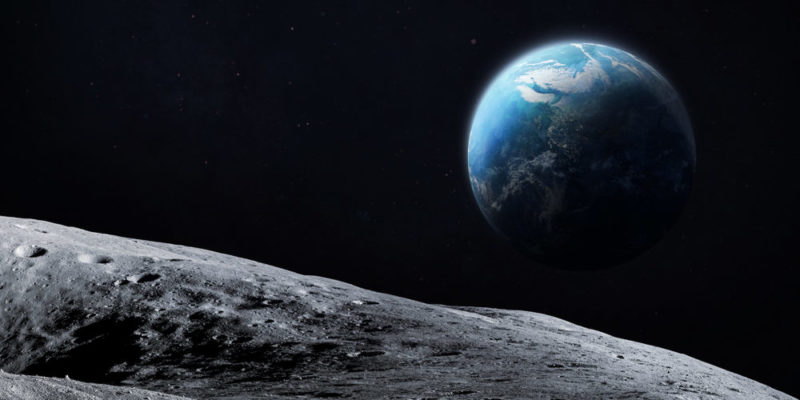
The Moon is important because it influences various phenomena on planet Earth, such as:
- The tides. Due to the trajectory of the lunar orbit, which is in the shape of an ellipse, there are times when the Moon passes closer to the Earth. According to the laws of physics, the closer two objects are, the greater the intensity with which they attract each other. That is why, when the moon passes closer to the planet, the tide level increases or rises, because it is attracted by the Moon.
- The weather. Due to the movement of the tides that is generated by the gravitational force due to the proximity of the Earth and the Moon, changes occur in the Earth's climate that help maintain its balance.
Phases of the Moon
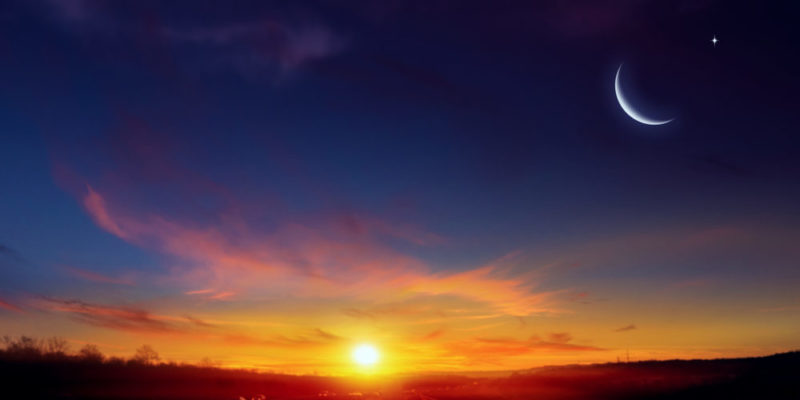
The phases of the Moon occur when viewed from Earth because, as it rotates around the planet, the Moon reflects the light of the Sun. There are four lunar phases and each lasts approximately one week. The complete cycle lasts 28 days.
The four phases of the Moon are:
- New moon. It is the moment in which the Moon passes between the Earth and the Sun, therefore, from the planet it is not possible to see the lunar face illuminated by the solar star.
- Crescent quarter. It is the time when the Moon is observed from Earth as a crescent half or “crescent” as the days go by. This stage occurs after the new Moon.
- Full moon. It is the moment in which the Moon passes furthest from the Sun and, from Earth, its completely illuminated side can be observed.
- last quarter. It is the moment in which the Moon is seen again from Earth as an increasingly thinner half as the days go by, until reaching the next stage of new Moon.
Eclipses
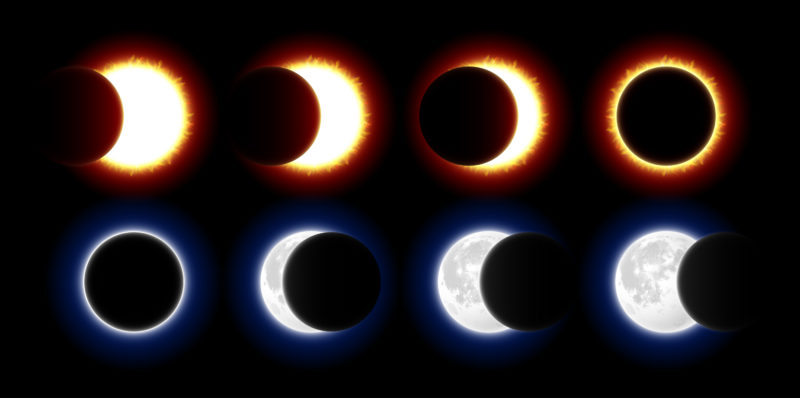
An eclipse occurs when a planet or moon aligned with the Sun moves in such a way that it blocks sunlight. Two types of eclipses occur from planet Earth:
- Lunar eclipse. It is the moment when the Earth comes between the Sun and the Moon and prevents sunlight from reaching the satellite.
- Solar eclipse. It is the moment when the Moon gets in the path of sunlight on Earth, so the Earth's day becomes dark for a few minutes.
- Meteorites
- Universe
- Galaxies
- Mars
References:
- “Earth moon” at NASA Science
- “Moon” on Britannica
- “What is the Moon like inside?” in Vix
- “Moon” in Planetarium
- “Why do we have a Moon and how does it affect our planet?” in National Geographic
- “Lunar and solar eclipses” in Space place
- “Curiosities about the Moon” in Very interesting
- “Moon, its origins, characteristics, phases and movements” in Nature Paradis


